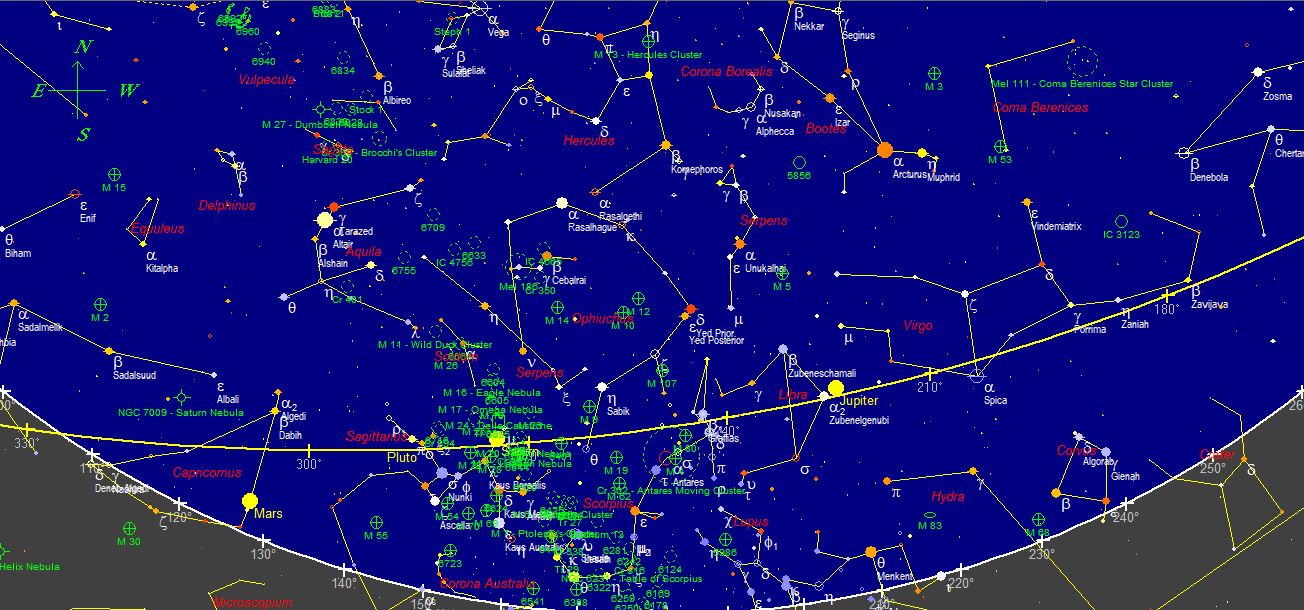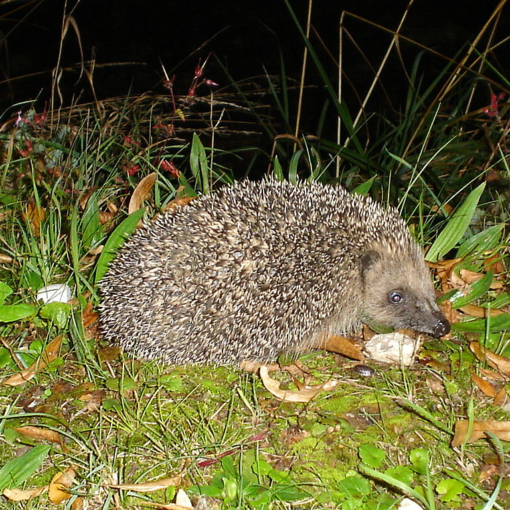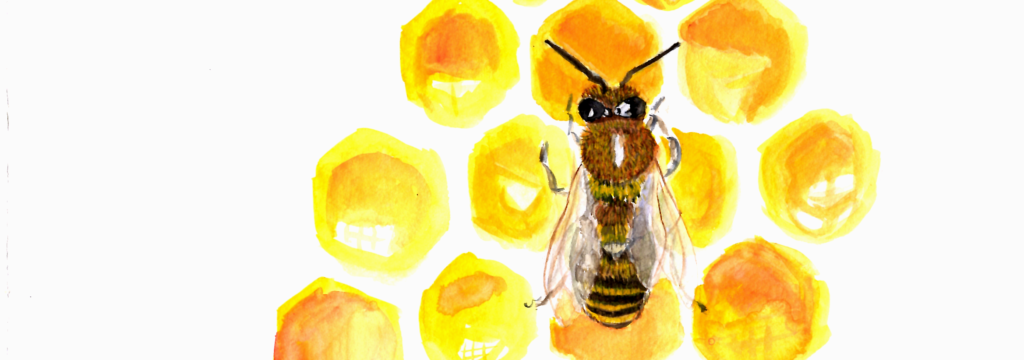
Honey is the oldest substance used by man as a sweetener; the first traces of beekeeping date back to the Neolithic, as evidenced by some cave decorations dating back to around 8000 years and found in the Cuevas de la Araña, a group of caves located in Bicorp, near Valencia, which represent a person, perhaps a woman, who collects honey from a beehive.

Man quickly understood that honey could be used not only as a food but also as a medicine, capable of healing wounds, and as a sacred substance, which the ancient Egyptians used in funeral rituals.
Honey is produced by the bee (Apis mellifera), which nibbles nectar on the flowers of angiosperms (nectar honey), or collects honeydew, consisting of insect excretions that feed on the sap of the plants.
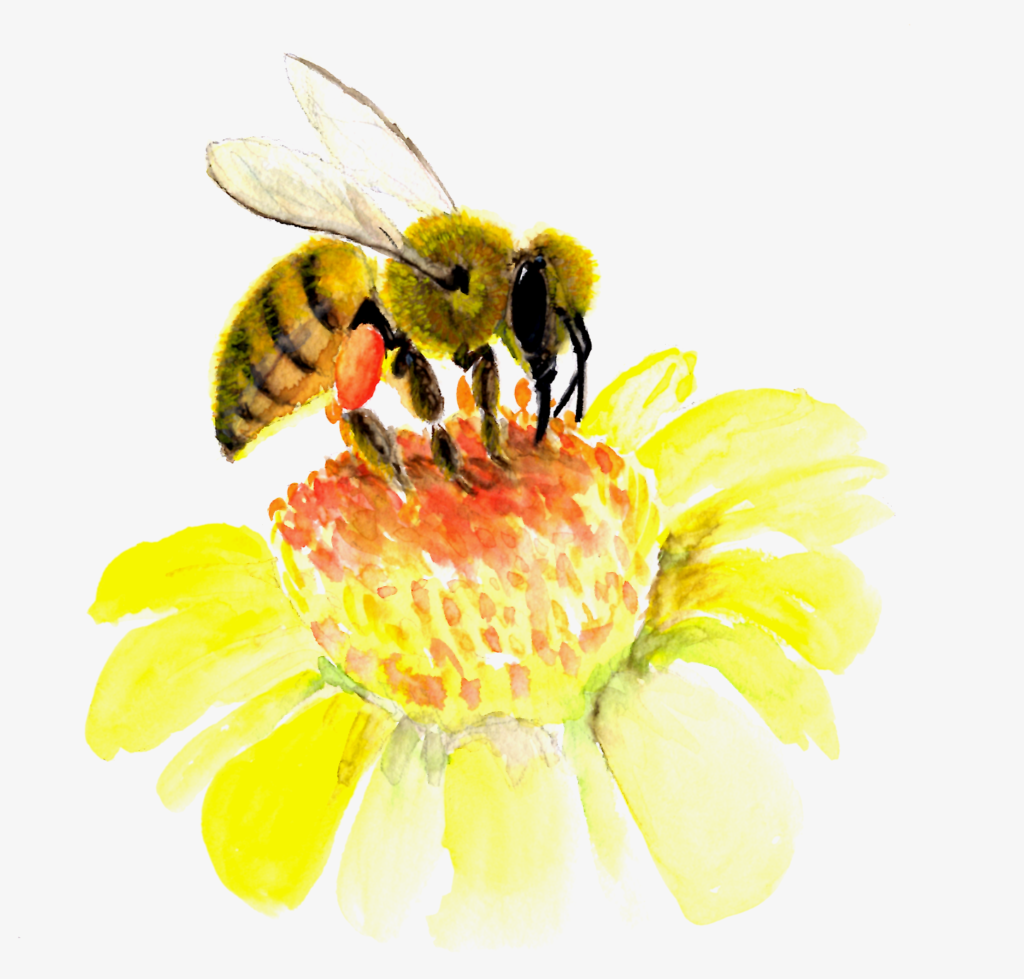
During its journey to the hive, the bee processes and transforms the sugary liquid collected in honey, thanks to the enzymes present in the ingluvies, the gastric bag in which it stores nectar or honeydew. The newly produced honey will then be left to mature in the hive wax cells.
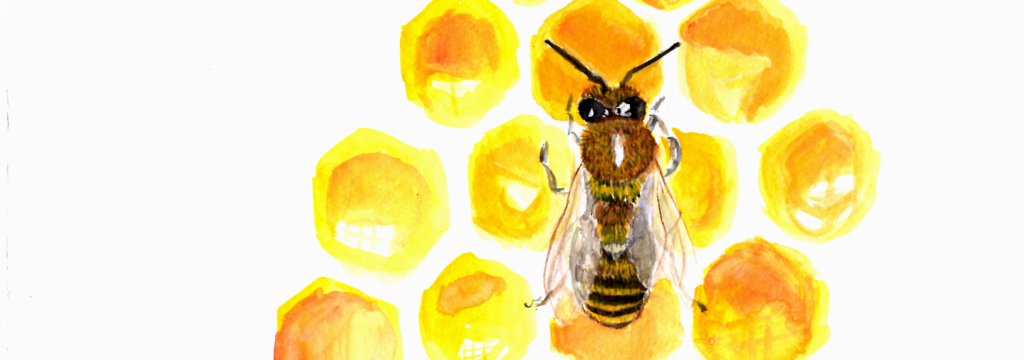
Depending on the origin, we can distinguish between honeydew honey and nectar honey, the latter is further classified into polyflora honey, more commonly called wildflower honey, and monofloral honey, depending on the type of flowers that have been collected by worker bees. Further classifications can be defined taking into consideration the production method, distinguishing for example between honeycomb honey, centrifuged honey, pressed honey, etc.
The composition of honey is therefore strongly influenced by a very large number of parameters, ranging from the botanical origin of the species bottled by bees to environmental conditions (soil and climate conditions, presence of pollutants, etc.) and the beekeeping techniques adopted, obviously up to the bees themselves (breed and physiological state of the colony).
But from a nutritional point of view, what is honey? It is a supersaturated solution of sugars (~ 78%), mainly glucose and fructose, in water (~ 17%), stable from the microbiological point of view, since at high sugar concentrations the microorganisms cannot proliferate, but less stable from the point of physical sight. The high concentration of sugars, over time, causes the crystallization of honey by changing its consistency.
This process, which is absolutely natural and does not affect the healthiness of the product, is mostly observed in types of honey where the percentage of glucose is higher, while kinds of honey with high percentages of fructose, such as black locust honey, tend not to crystallize.
Crystallization can also be an element that allows us to recognize untreated honey, still capable of crystallizing, from one that is no longer honey, having been subjected to melting or pasteurization, with consequent irreparable damage to the product due to the destruction of the enzyme charge and bioactive components.
In fact, the main components of honey are certainly represented by sugars and water, but there are also other minor components that strongly influence their nutritional and organoleptic properties. Among these proteins, vitamins, minerals, and volatile compounds, but also important antioxidants.
Honey can be considered a nutraceutical food, that is, with preventive therapeutic properties; in this sense, there is sufficient evidence that recommends its use for the treatment of different pathologies, thanks to its antibacterial, anti-inflammatory and antioxidant properties.
Manuka honey (Leptospermum scoparium), a New Zealand and Australian plant widely cultivated in recent years because it allows a good production of honey, has attracted the attention of researchers since it seems to have significant antimicrobial and antioxidant properties, mainly related to the polyphenolic composition (i.e. the presence of organic substances with antioxidant properties) and other bioactive substances such as glyoxal and methylglyoxal produced by the plant.
An extremely serious problem affecting the production of honey is represented by contamination, i.e. the presence of unwanted substances such as pollutants, residues of antibiotics (the use of which is prohibited for the Italian beekeeping sector) and of pesticides. A recent study has highlighted how 75% of honey produced worldwide contains traces of pesticides, of these samples most contain at least two or more neonicotoids, systemic insecticides that accumulate in the ecosystem, and that, as it is have already been repeatedly demonstrated that they are responsible for the ever more frequent deaths of pollinating insects.
In recent years, because of climate change, but also for the deaths of bees related to the use of increasingly aggressive pesticides and the spread of diseases, honey production has collapsed, with a consequent increase in prices and, therefore, in the risk of fraud. Counterfeit products are often found on the market, such as monofloral honey that does not fully or partially corresponds to the declared or, worse still, with a “misleading” indication of geographical origin. In fact, in Europe we have about 650 thousand European beekeepers, who with 17.5 million hives, produce about 250 thousand t / year of honey, insufficient to cover the internal demand of the EU, therefore dependent on imports of honey, which comes mainly from China, the first producer of honey in the world with 474 thousand t / year (ISMEA data, 2018).
In this regard, it is natural to raise some concerns, especially considering that in some regions of China, such as Sichuan, an important fruit producer, it is now necessary to resort to artificial pollination to make up for the lack of bees, annihilated by pollution and pesticides. So where does all this honey come from?
Often the honey that arrives on our table, especially if sold at low cost, is a product that has undergone adulteration or sophistication, both rather widespread food fraud, ranging from honey with false botanical or geographical origin, to honey obtained in a fraudulent way, cut with sugar syrup or lengthened with water, not to mention honey contaminated with antibiotics or field residues.
On the net, you can find numerous systems for the identification of counterfeit honey, which are generally without foundation, since the only accredited system is to resort to specific laboratory analyzes.
The only means available to the consumer is therefore to check the product label and favour local producers, avoiding products with too low prices, since, as Collodi wrote, “those who promise to make you rich from morning to evening, usually are either crazy or cheaters! ”.
Bibliographical references
Gulzar Ahmad Nayik, Tajamul Rouf Shah, Khalid Muzaffar, Sajad Ahmad Wani, Amir Gull, Ishrat Majid and Farhan Mohiudidin Bhat. HONEY: ITS HISTORY AND RELIGIOUS SIGNIFICANCE: A REVIEW. Universal Journal of Pharmacy 2014, 03 (01): 5-8
A.R. Aparna & D. Rajalakshmi (1999) Honey—its characteristics, sensory aspects, and applications, Food Reviews International, 15:4, 455-471, DOI:10.1080/87559129909541199
- R. Khan, Z. Ul. Abadin, N. Rauf. Honey: nutritional and medicinal value. International Journal Clinical Practices, 2007, 61, 10, 1705–1707
Manuel E. Cortés, Pilar Vigil, and Gloria Montenegro. The medicinal value of honey: a review on its benefits to human health, with a special focus on its effects on glycemic regulation. Ciencia Investigación Agraria. 38(2):303-317. 2011
José M. Alvarez-Suarez, Massimiliano Gasparrini, Tamara Y. Forbes-Hernández, Luca Mazzoni and Francesca Giampieri. The Composition and Biological Activity of Honey: A Focus on Manuka Honey. Foods 2014, 3, 420-432; doi:10.3390/foods3030420
Credits
Author: Chiara Sanmartin. Researcher in Food Technology at the University of Pisa. Holder of the course of “Composition and Analysis of Food Products” within the Master’s Degree Course in “Biosafety and Quality of Food” – Interdepartmental Agricultural Sciences and Veterinary Sciences of Pisa.
Translation by Maria Antonietta Sessa

